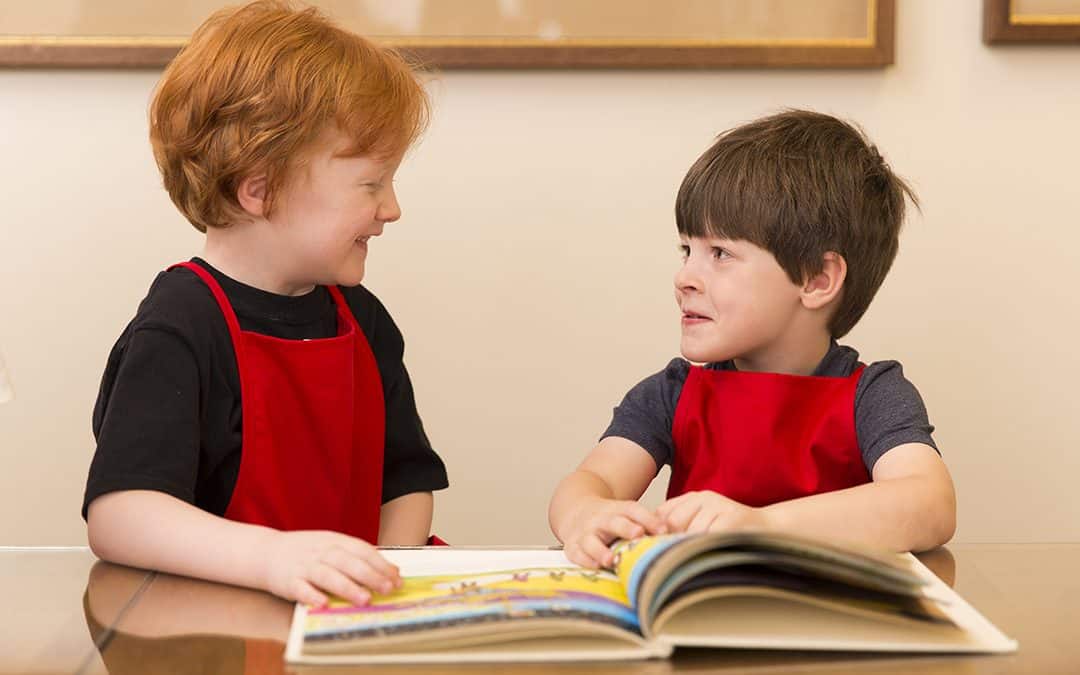Teaching Children to Resolve Sibling Fights on Their Own
Where there is communication, there are disagreements, disputes, and misunderstandings. This underlines the significance of teaching your children how to resolve conflicts effectively and independently. This skill will not only benefit your child in the long run but will help you raise them as well.
4 Strategies for Teaching Children to Resolve Sibling Fights on Their Own
1. Stop, Listen, & Brainstorm Solutions
Stop. Help your children identify when they’re heading towards an argument. Tell them to take a deep breath or to decompress with the family pet. Help them identify which emotions they have and encourage them to talk about their feelings.
Listen. To correct a misunderstanding, your children need to start by identifying the problem. Let each child take a turn talking about how they felt. Make sure they both feel acknowledged.
If they can’t put it into words that the other sibling(s) understand, step in and coach them through the conversation. For example, “It sounds like you’re frustrated because he picked the toy you wanted to play with;” wait for confirmation, then let them continue on their own.
Brainstorm Solutions. Together discuss what options for compromise are. The more, the better! After several ideas have been floated, have them pick the one that sounds the best to everyone. Give them credit for participating in a productive process and celebrate when they have made an effort to communicate effectively!
2. Focus on Developing Plans for the Future
Wrong-doings and accusations: “she did this!” and “they did that!” are at the core of sibling fights. Teach your kids to steer clear from that kind of escalating talk.
In the journal “Child Development”, published by the Society for Research in Child Development, researchers found that children need to “shift focus from debating past wrongs to developing plans to meet their unrealized goals in future interaction.” Teach them to let go to create a brighter future. It’s the only way to reach a compromise.
3. Establish a Family Code
Respect is non-negotiable. Good relationships rely on it. Ensure they understand how important it is to maintain harmony within the family unit. Your children need to know how important it is that you all operate as a team. Everyone needs to work together to create a peaceful and loving home. Fights hurt everybody.
4. Model Conflict Resolution
Kids watch our every move and take cues on how to resolve conflict by seeing how we interact with our partner, other family members, friends, and colleagues. If they see you maintain a loving and respectful attitude throughout any disagreement, they’ll adopt those skills themselves.
At the End of the Day
Although it can be tiring, you will need to guide them through this process repeatedly. When emotions run high, sometimes the tools to resolve conflict aren’t enough on their own. However, the more times they are guided through it, the closer they will be to solving things by themselves the next time.
“Every home is a university and the parents are the teachers.” – Mahatma Gandhi

